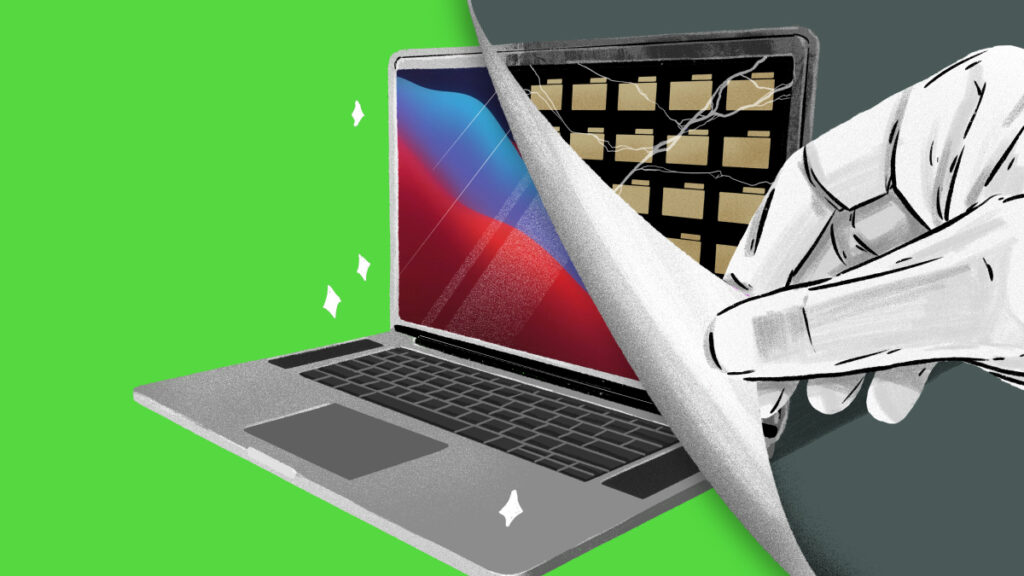Revitalize Your Old Laptop: A Comprehensive How-To for Upgrading Hardware and Software

In the fast-paced world of technology, it’s easy to feel left behind as newer and more powerful laptops hit the market. However, the good news is that your aging laptop doesn’t need to be replaced immediately. This comprehensive guide will walk you through the process of reviving and revitalizing your old laptop, breathing new life into its performance through a combination of hardware and software upgrades. From boosting processing power to enhancing storage capabilities, these step-by-step instructions will empower you to maximize the potential of your trusted companion.
I. Assessing Your Old Laptop’s Performance
A. Identifying Bottlenecks
Conduct a performance analysis to identify bottlenecks that hinder your laptop’s overall speed and responsiveness. Common bottlenecks include outdated hardware components, insufficient RAM, and storage limitations.
B. Running Diagnostic Tools
Utilize diagnostic tools to assess the health of your laptop’s hardware components. Tools like Task Manager (Windows) or Activity Monitor (Mac) can provide insights into CPU, RAM, and storage usage.
II. Upgrading Hardware Components
A. Increasing RAM for Improved Multitasking
Upgrade your laptop’s RAM to enhance multitasking capabilities. Identify the RAM type and capacity your laptop supports and install compatible memory modules.
B. Upgrading Storage for Faster Performance
Enhance storage speed and capacity by upgrading to a solid-state drive (SSD). Choose an SSD that matches your laptop’s specifications and transfer your operating system and important files for a noticeable performance boost.
C. Replacing or Upgrading the Battery
If your laptop’s battery life has significantly decreased, consider replacing the battery. Alternatively, upgrading to a higher-capacity battery can extend usage between charges.
D. Installing a Faster Processor (Advanced)
For advanced users with compatible laptops, upgrading the processor can provide a substantial performance improvement. Research compatible processors and follow manufacturer guidelines for installation.
E. External Graphics Card (eGPU) for Enhanced Graphics (Advanced)
For laptops with Thunderbolt or ExpressCard slots, an external graphics card (eGPU) can boost graphics performance for gaming or resource-intensive applications.
III. Software Optimization and Updates
A. Operating System Updates
Ensure your laptop is running the latest operating system updates. These updates often include performance enhancements, security patches, and new features.
B. Driver Updates
Update device drivers for components like graphics cards, network adapters, and audio devices. Manufacturers regularly release driver updates to improve compatibility and performance.
C. Disk Cleanup and Defragmentation
Perform disk cleanup to remove unnecessary files and use the built-in defragmentation tool to optimize file storage for faster access.
D. Software Cleanup and Uninstallations
Remove unused or unnecessary software applications to free up system resources. Use the built-in software uninstallation tools or third-party applications for a thorough cleanup.
IV. Advanced Optimization Techniques
A. Overclocking (Advanced)
For advanced users familiar with overclocking, tweaking CPU and GPU clock speeds can provide a performance boost. However, caution is advised, as improper overclocking may damage components.
B. Custom BIOS/UEFI Settings (Advanced)
Accessing and customizing BIOS/UEFI settings can provide advanced users with options to optimize performance. Adjusting settings such as power management and boot priorities can impact overall system speed.
V. Revitalizing the Laptop’s Physical Appearance
A. Cleaning the Laptop Exterior
Give your laptop a fresh look by cleaning its exterior. Use gentle cleaning solutions for screens and casing, and a soft brush to remove dust from keyboard keys.
B. Applying New Thermal Paste (Advanced)
For users comfortable with disassembling their laptops, applying new thermal paste to the CPU can improve heat dissipation, preventing overheating and enhancing performance.
VI. Considerations and Precautions
A. Compatibility Checks
Before making any upgrades, ensure that new components are compatible with your laptop’s model. Refer to manufacturer guidelines and user manuals for compatibility information.
B. Backup Important Data
Create backups of crucial data before initiating any upgrades or installations to prevent data loss.
C. Anti-Static Precautions
Take anti-static precautions, such as using an anti-static wrist strap, to prevent electrostatic discharge that could damage sensitive electronic components.
VII. Celebrate the Revitalized Laptop
A. Performance Testing
After completing the upgrades, run performance tests to evaluate the impact of hardware and software improvements. Monitor speed, responsiveness, and overall system stability.
B. Personalize and Enjoy
Customize your revitalized laptop with personal preferences, wallpapers, and themes. Enjoy the improved performance and extended lifespan of your upgraded device.
Conclusion
Revitalizing your old laptop is a rewarding journey that not only saves you money but also reduces electronic waste. By upgrading both hardware and software components, you can significantly enhance your laptop’s performance, extending its usability for years to come. Whether you’re a novice user or a tech enthusiast, this comprehensive guide provides step-by-step instructions for a successful laptop revival. Embrace the opportunity to breathe new life into your trusted companion and rediscover the joy of a faster, more responsive computing experience. Your revitalized laptop awaits—unlock its full potential today!




